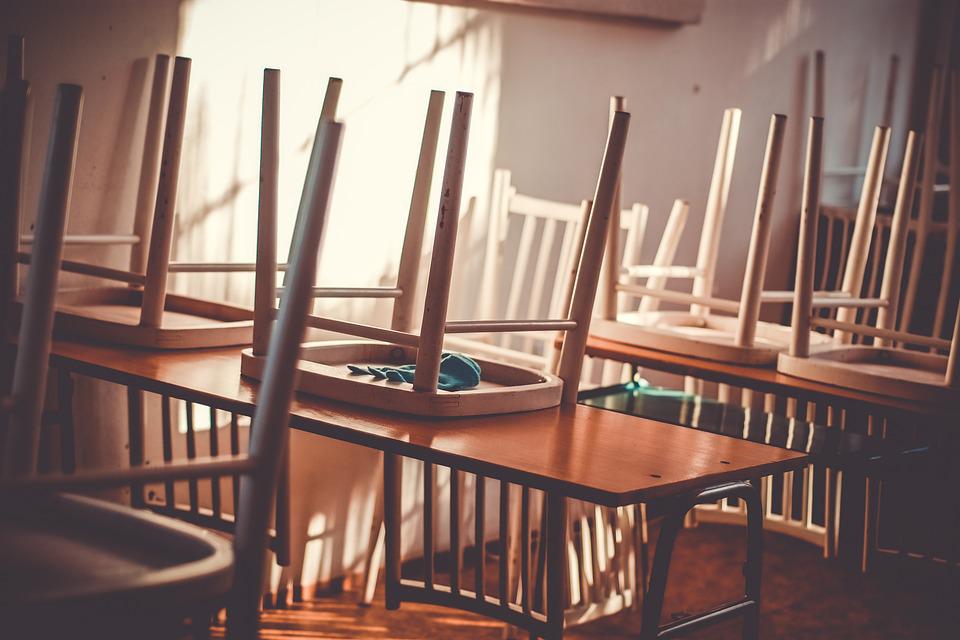Schools closed longer, few fewer cases

TORONTO – The school is not a place of greasers. This is in summary the result of a study conducted by the Institute for Clinical Evaluative Sciences during the provincial closure that began in December 2020. This closure was followed by a regionalized approach to the reopening of schools by the Ford government that lasted until January and February 2021.
The research, published in Health Affair, shows that an extension of school closures in Ontario in the midst of the pandemic could have reduced Covid-19 infections by only a fraction of a percentage point.
The researchers estimate that only 213 fewer cases of the virus would have been reported between December 26 and February 28 if schools had not reopened: this equates to about 0.08% fewer cases than those actually reported. “Future waves of this pandemic must prioritize interventions and policies that reduce transmission in schools to limit the impacts of school closures on the wider community,” the authors wrote.
The dilemma of open schools or closed schools has accompanied the worst phases of the pandemic by creating factions of supporters on both sides. The frond of opponents of their closure argued that the negative psychological impacts of keeping children at home would outweigh any benefit from reducing transmission of the virus.
The researchers say the study was unable to ascertain whether public health measures such as dividing students into groups in the classroom, wearing masks, and testing would be enough to mitigate cases in the same way as total closure, but they believe the risks of face-to-face study are more than manageable.
Ontario’s Covid-19 Science Advisory Table supported the decision to return children to the classroom in January this year, stating that there was a minimal risk of transmission within schools and that interrupting face-to-face learning would be of little use.
The Scientific Technical Table cited “emerging evidence” suggesting that Ontario residents between the ages of five and 19 appear to be at low risk of hospitalization and serious illnesses caused by Omicron. “Existing evidence suggests that closures to in-person learning have a smaller effect on the spread of SARS-CoV-2 in the community than many other public health measures. Vaccinations, ventilation and filtration, division into groups, tests, staying at home in case of illness and high-quality masks mitigate the risks of transmission of SARS-CoV-2 in schools, “said the scientific table.
The students returned to class on January 17 of this year after two weeks of distance learning at the end of the Christmas holidays. Several health experts and school councils have called on the Ford government to provide a safe learning environment for students and staff to avoid further closures.
The decision to keep schools closed longer was made as the highly transmissible Omicron variant pushed hospitals to the brink of maximum capacity with the increase in ICU admissions.



